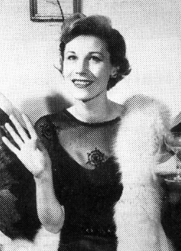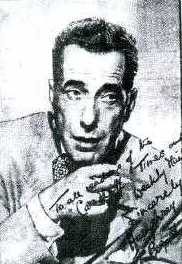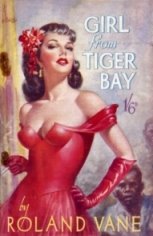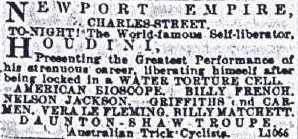Crazy Cock in Corwen

It is amusing to imagine Henry 'Crazy Cock' Miller trundling through the sleepy Welsh market town of Corwen in 1953. Passers-by are unlikely to have paid much attention to the bald bespectacled American much less considered him an arch pornographer or sexual revolutionary. Yet the anonymous figure shuffling up the hill was one of the most controversial authors of the Twentieth century.
So what exactly was he doing in North Wales? Well, Miller was on a pilgrimage - his intended object of worship none other than ageing half-forgotten writer John Cowper Powys (see pic), then living in a modest council house at 7 Cae Coed, Corwen. JCP's influence upon Miller's career had been profound and this unlikely journey amounted to a debt of thanks.
Miller's road to Corwen really began in 1916 at New York's Hudson Theatre when he first saw JCP lecturing on Dostoyevsky. Powys, an inspired orator and born actor, energized the young American to such a degree that it convinced him to become a writer. Miller became a regular attender, a tongue-tied literary groupie who finally plucked up the courage to shake his idol's hand after a talk given at the Labour Temple in 1917.
At first glance Powys might seem like a peculiar choice of hero for the American especially as their backgrounds are so dissimilar. Yet the two writers had many things in common not least a shared love for Rabelais and Dostoyevsky. There were other bonds. Both authors were extremely prolific almost as if the process of writing itself was the ultimate expression of their lust for life. Above all the two men were literary sensualists who shared the same philosophy of spirit.
In 1952 Miller's admiration for Powys was formalized when he wrote passionately of his work and influence in The Books in my Life. Miller struck up a correspondence with Powys and soon afterwards made his only visit to Wales.
At the time JCP was an old man, his popularity as a writer already on the wane, his pitch irredeemably queered after eschewing the London literary scene and nailing his colours firmly to the Welsh mast. He'd chosen to live in Corwen after 30 years of lecturing and writing in the US. It was in this simple bungalow that he would pen some of his weirdest and most mythical books including Porius (a study of Merlin), Atlantis and The Inmates.
So what did Miller discover on the other side of that door at 7 Cae Coed in the shadow of the Berwyn mountains? The same JCP he'd idolised as a youth of course, still faithfully writing every day but now living on a pittance. They reminisced about their first encounter in New York and Miller listened with great interest to Powys's theories on the lost city of Atlantis.
When the American departed for home Powys sent him a blackthorn walking stick through the post as a souvenir of their meeting. Delighted with the gift Miller carried this treasured possession on his regular morning, noon and evening walks. And after his unlikely pilgrimage to Corwen he must have understood the symmetry of the gesture - a piece of gnarled Welsh wood in the cool blue sunshine of Big Sur California.









